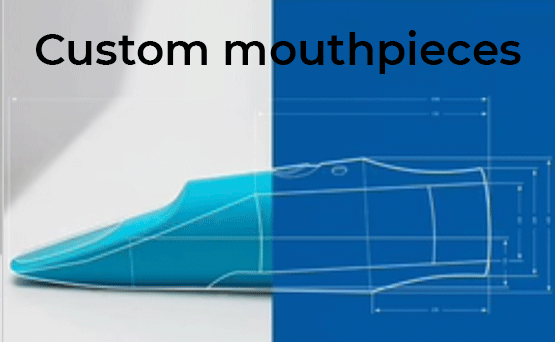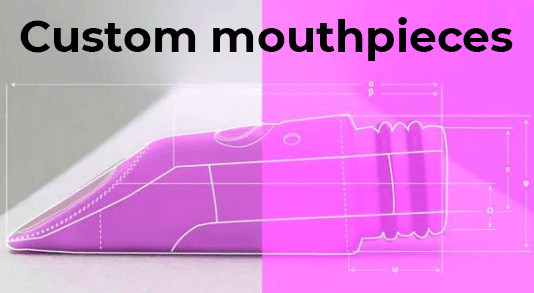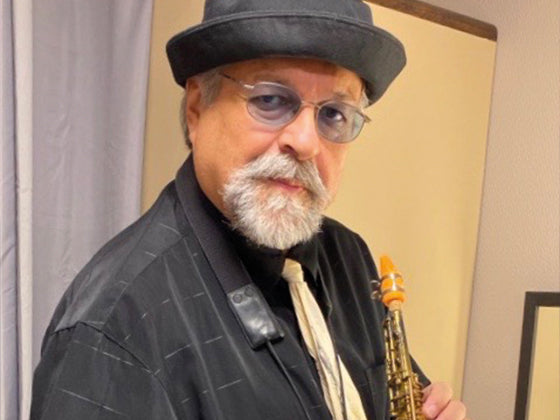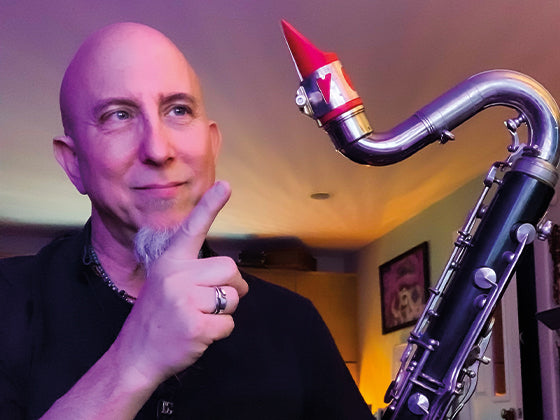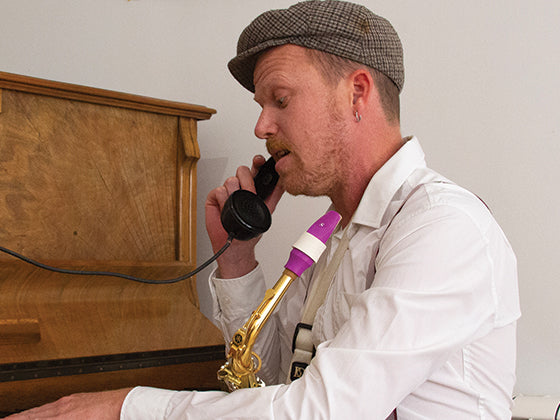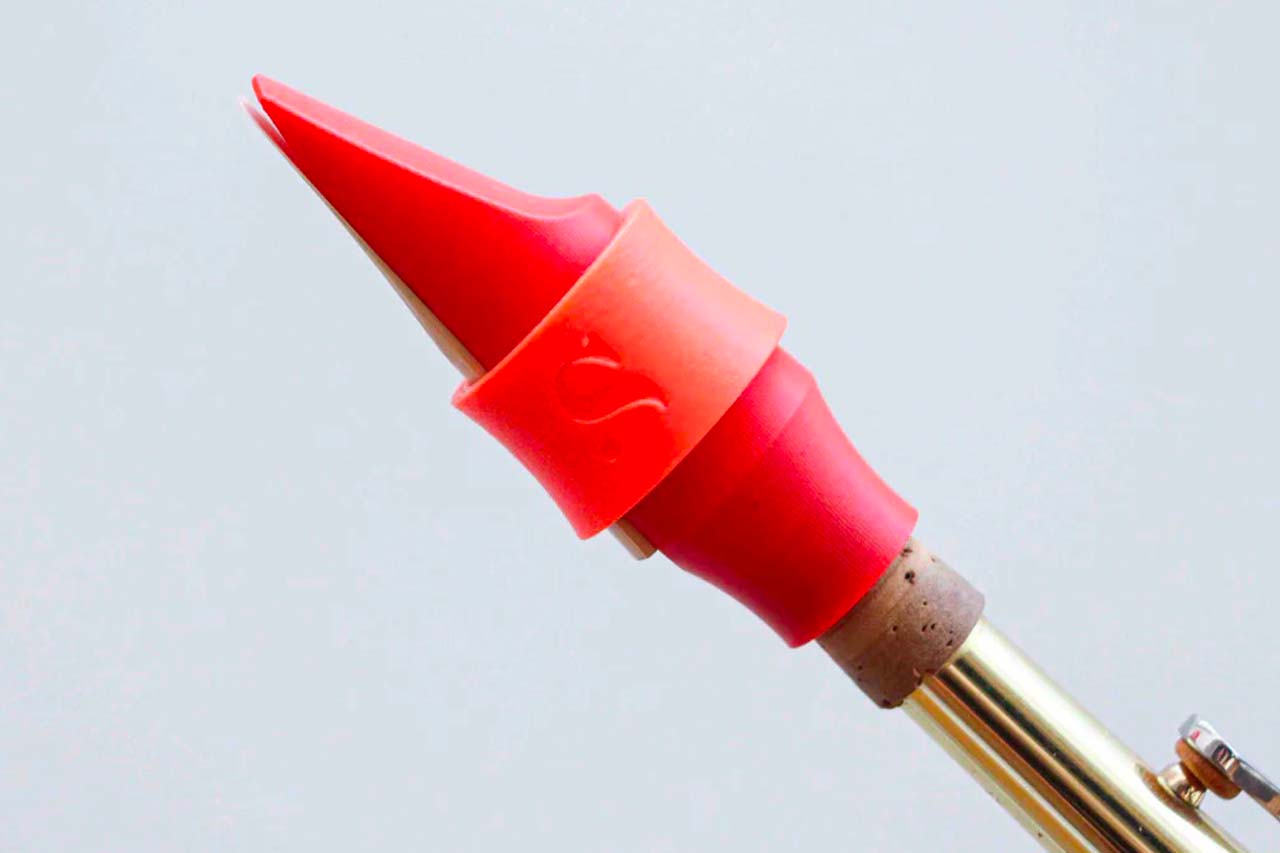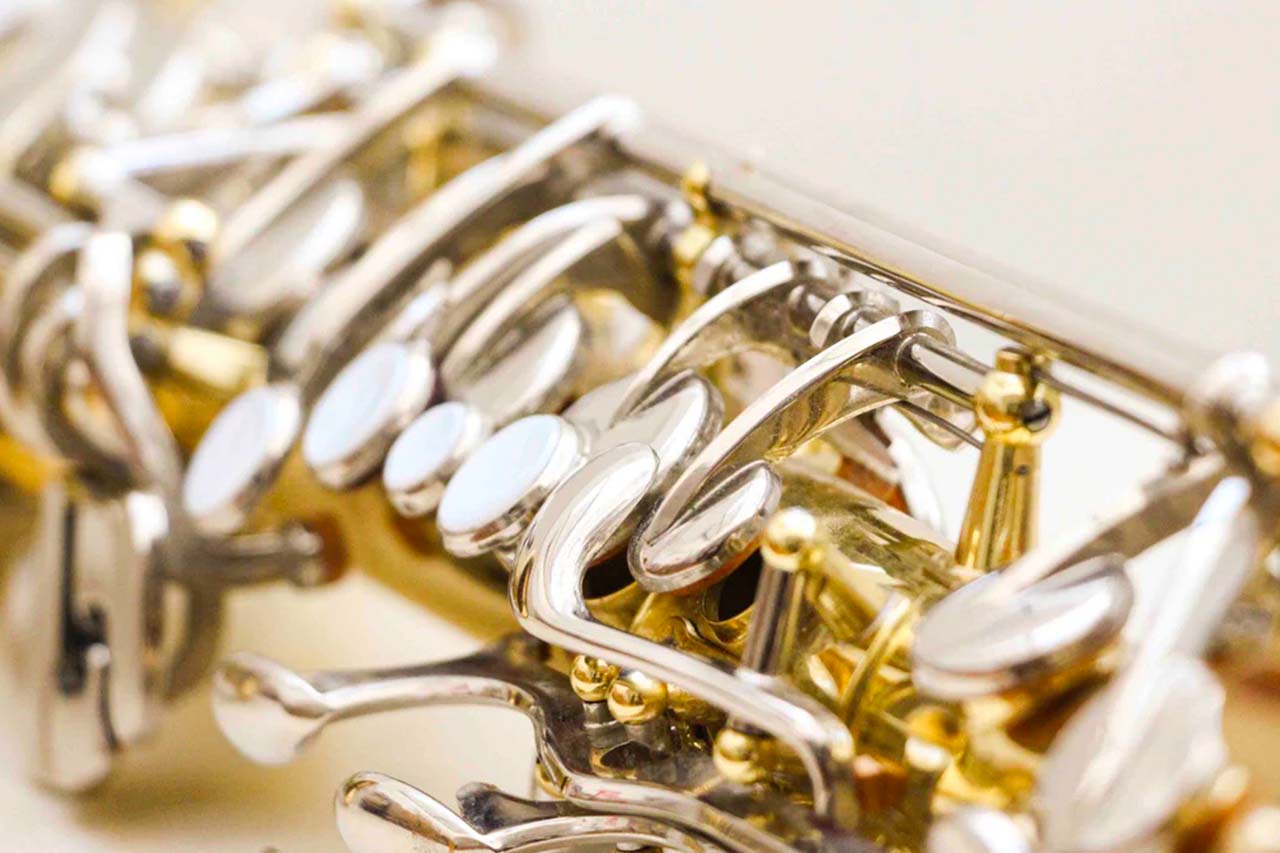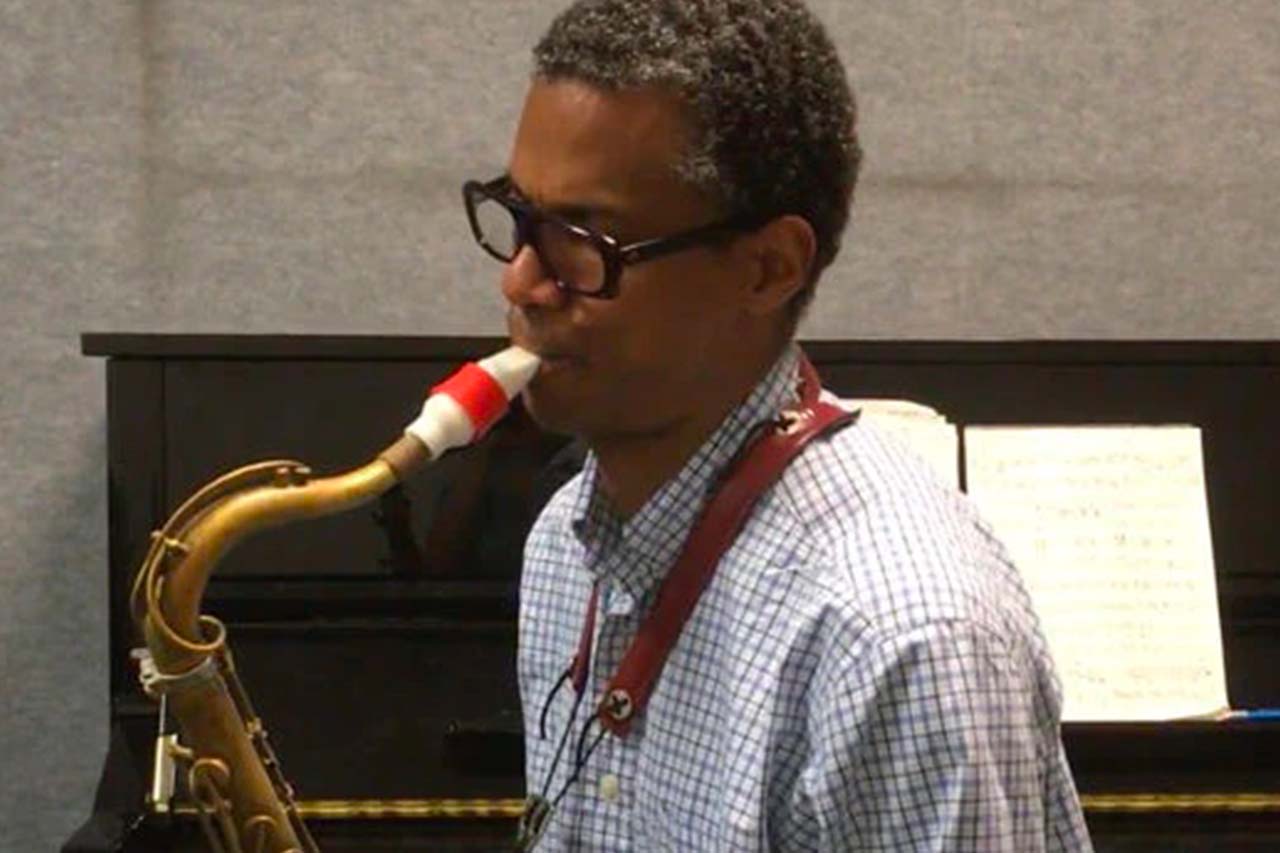The mouthpiece tip opening corresponds to the distance between the reed and the tip of the mouthpiece. A simple way to see it is to lay the mouthpiece flat on a table: then notice there are a few millimeters between the mouthpiece and the table, this is the tip-opening. This distance is very important for the "physics" of the instrument since it represents the

What are the different possible tip openings?
To be honest, it's hard to know as each mouthpiece brand has its own scale to define the tip openings of its different models. The tip opening is often indicated by a number or a letter (for example 5, 5 *, T95 or C *, F ...). In terms of the dimensions of the mouthpiece, this translates to a distance between the reed and the mouthpiece varying according to different saxophone models:
| Mouthpiece | Range variation in mm | Range variation in inches |
|---|---|---|
| Soprano | 0.90 to 2.50 mm | 0.035 to 0.100 inches |
| Alto | 1.40 to 2.80 mm | 0.055 to 0.110 inches |
| Ténor | 1.60 to 3.80 mm | 0.065 to 0.145 inches |
| Baritone | 1.80 to 3.90 mm | 0.070 to 0.150 inches |
The most common unit of measurement is 1/1000th of an inch (for example, 90, 95, 100, 110 ...). Brands like Berg Larsen, Bari or Ponzol use the value directly in thousandths of an inch for their scales. Other brands use a simple number but be careful! the values can vary from one brand to another: for example a Meyer 7 corresponds to 80 (or 2.05 mm) while an Otto Link 7 corresponds to 90 (2.3 mm)!
We create a table with all the corresponding tip openings from most of the brands: see the table.
At Syos, we prefer to use the value of the tip opening in 100ths of millimeter. When you receive a Syos custom saxophone mouthpiece, this value is carved inside the mouthpiece shank (first three numbers following the model reference are the opening), for example 254, 292... For signature saxophone mouthpieces, available on our online shop, you can choose the tip opening in millimeters (equivalents are given) for the signature sopranos, the signature altos, the signature tenors and the signature baritone.
Tip-opening and manufacturing
Between the smallest and largest tip-opening, there is only a 2 mm difference. And between these extreme values there are generally over a dozen intermediate openings. It is therefore important to control (to at least 1/10 mm) the manufacturing process with minute precision.
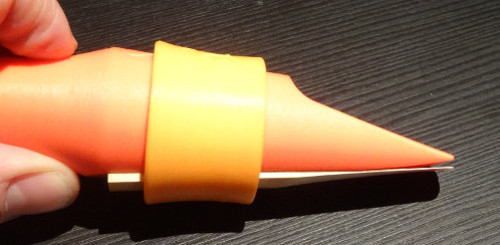

Hand finishing processes can easily change the tip-opening of the mouthpiece. A difference of 0.1 mm (one tenth of a millimeter) can be created very quickly when polishing or sanding the tip of the mouthpiece or even the table. This is why, when trying several editions of the same model by the same brand, it does not necessarily result in the same experience of play.
What is the influence of the tip-opening on the sound ?
You will hardly be able to get a sound out of a saxophone mouthpiece that is too open for you, and will find it difficult to play on one that is too closed. The tip-opening of the saxophone mouthpiece will impact the comfort of play, the volume and the tone-colour of the instrument. With the same reed strength, increasing the tip-opening of the saxophone mouthpiece will allow you to increase the volume and give more body and width to the sound. However, you do need to adapt your playing to a more open mouthpiece, and they seem more difficult to play at the start.
The goal is not to play on the most open mouthpiece possible: but rather to find your optimal comfort zone. Famous saxophonists such as Coleman Hawkins, Stan Getz and Charlie Parker played very closed mouthpieces (3*, 4, 4* ...) for a good part of their as musical careers.
TO REMEMBER:
-
The opening is the distance between the reed and the tip of the mouthpiece. Very small variations (<1 / 10th mm) will completely change the sound and comfort of play
-
An open mouthpiece will be more difficult to control, but allows for more power and more flexibility in the handling of sound.
-
Just as everyone has their own shoe size, each saxophonist has their tip-opening in which they is are comfortable.
Also to read:
The importance of the baffle The saxophone mouthpiece: Large or small chamber?

